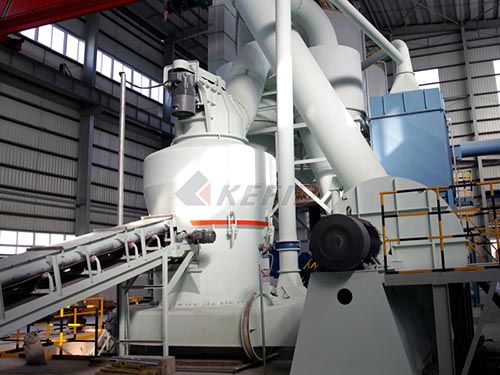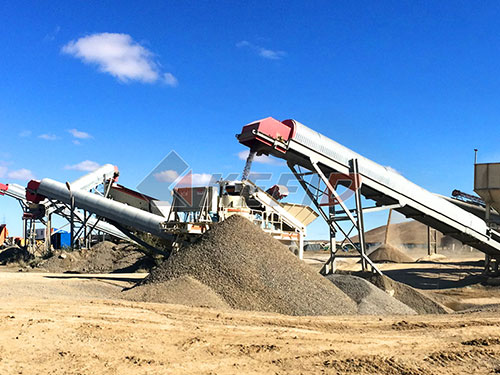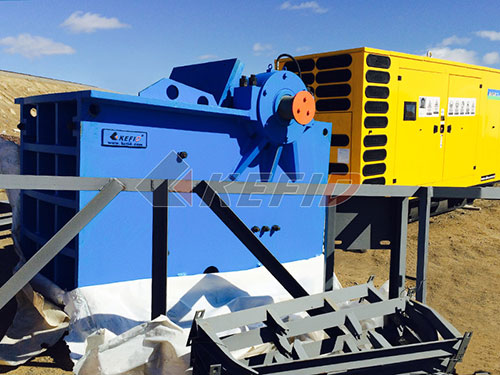Beyond Granite and Code: Architecting a Stone Crusher Simulation in Java
The industrial backbone of modern infrastructure – roads, buildings, bridges – relies heavily on aggregates derived from crushed stone. Understanding the complex machinery involved is crucial for engineers and operators alike. While physical experimentation is expensive and sometimes hazardous, software simulations offer a powerful alternative for design optimization, process understanding, and training. Developing a Stone Crusher Simulation Project in Java provides an excellent platform to explore object-oriented design principles while tackling real-world engineering challenges purely through code.
This article delves into the conceptualization and implementation of such a project, focusing on core architecture, key functionalities, and the inherent value it offers beyond mere lines of code.

1. Defining the Scope: More Than Just Crushing Rocks
A robust simulation transcends simply visualizing rocks breaking. It aims to model the process:
Material Handling: Feeding raw stone (varying sizes & types) into the system.
Crushing Mechanics: Simulating the action of primary crushers (e.g., jaw crushers), secondary crushers (e.g., cone or impact crushers), and potentially tertiary stages.
Particle Size Reduction: Modeling how input rocks fracture based on material properties (hardness, brittleness), crusher settings (gap size), force application points.
Screening & Classification: Separating crushed material into different size fractions using vibrating screens.
Conveying & Recirculation: Transporting material between stages and returning oversized particles for further crushing.
System Dynamics: Simulating throughput rates based on feeder speed, crusher capacity limitations based on motor power/rotational speed.
Metrics & Analysis: Tracking key performance indicators like production rate per hour (tons/hour), particle size distribution curves at different stages overall efficiency.
2. Core Architectural Pillars: Object-Oriented Design in Action
Java’s strength lies in its object-oriented paradigm. A well-structured simulation leverages this effectively:

Main Entities as Classes:
`Rock`: Encapsulates properties like `size` (diameter or volume equivalent sphere), `hardness` (e.g., Mohs scale index or custom value), `density`, `currentLocation`. Methods might include `fracture(double forceApplied)` returning smaller `Rock` objects.
`Crusher` (Abstract Class/Interface): Defines common behavior (`crush(List inputRocks)`). Concrete implementations:

Leave a Reply